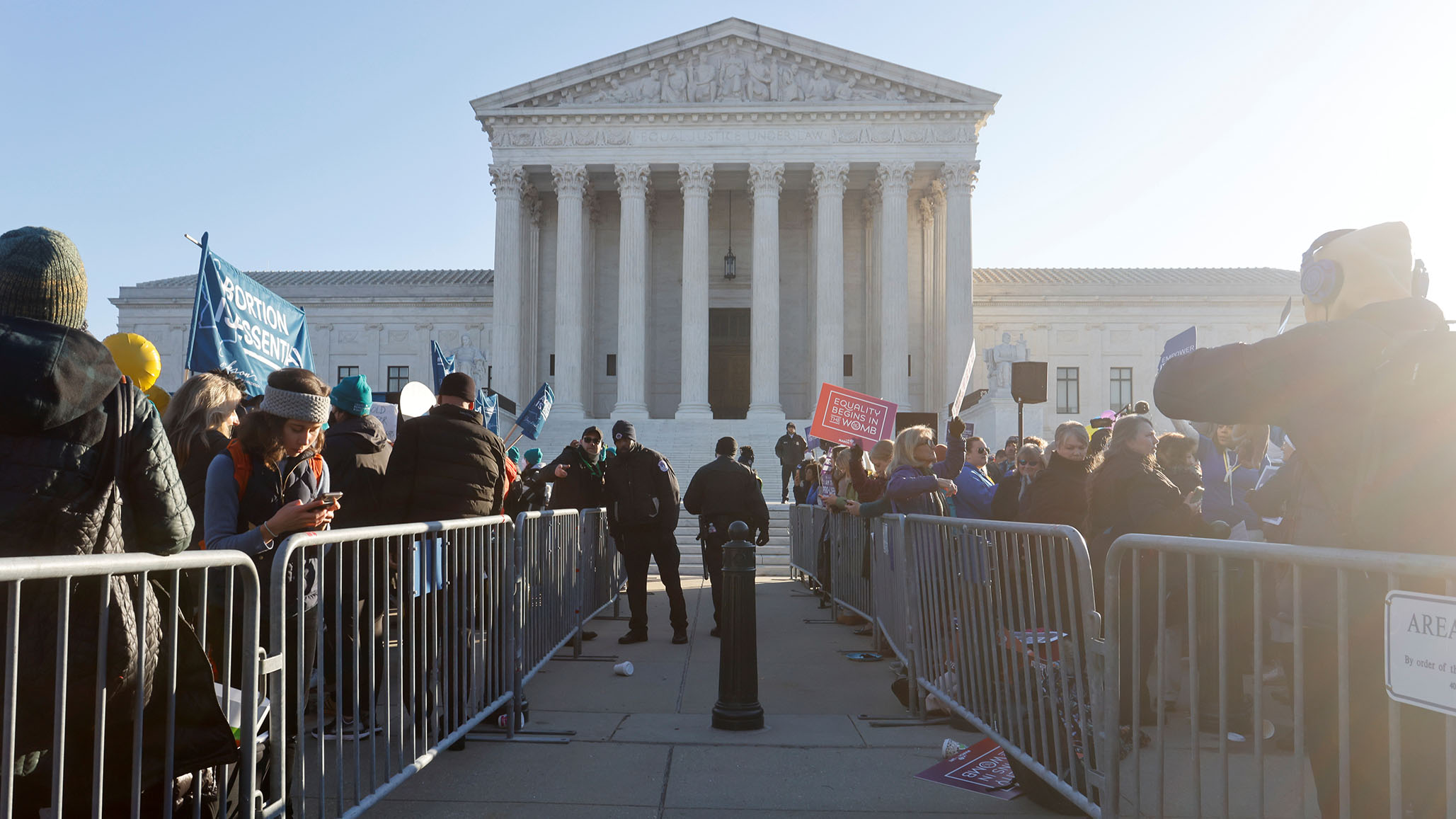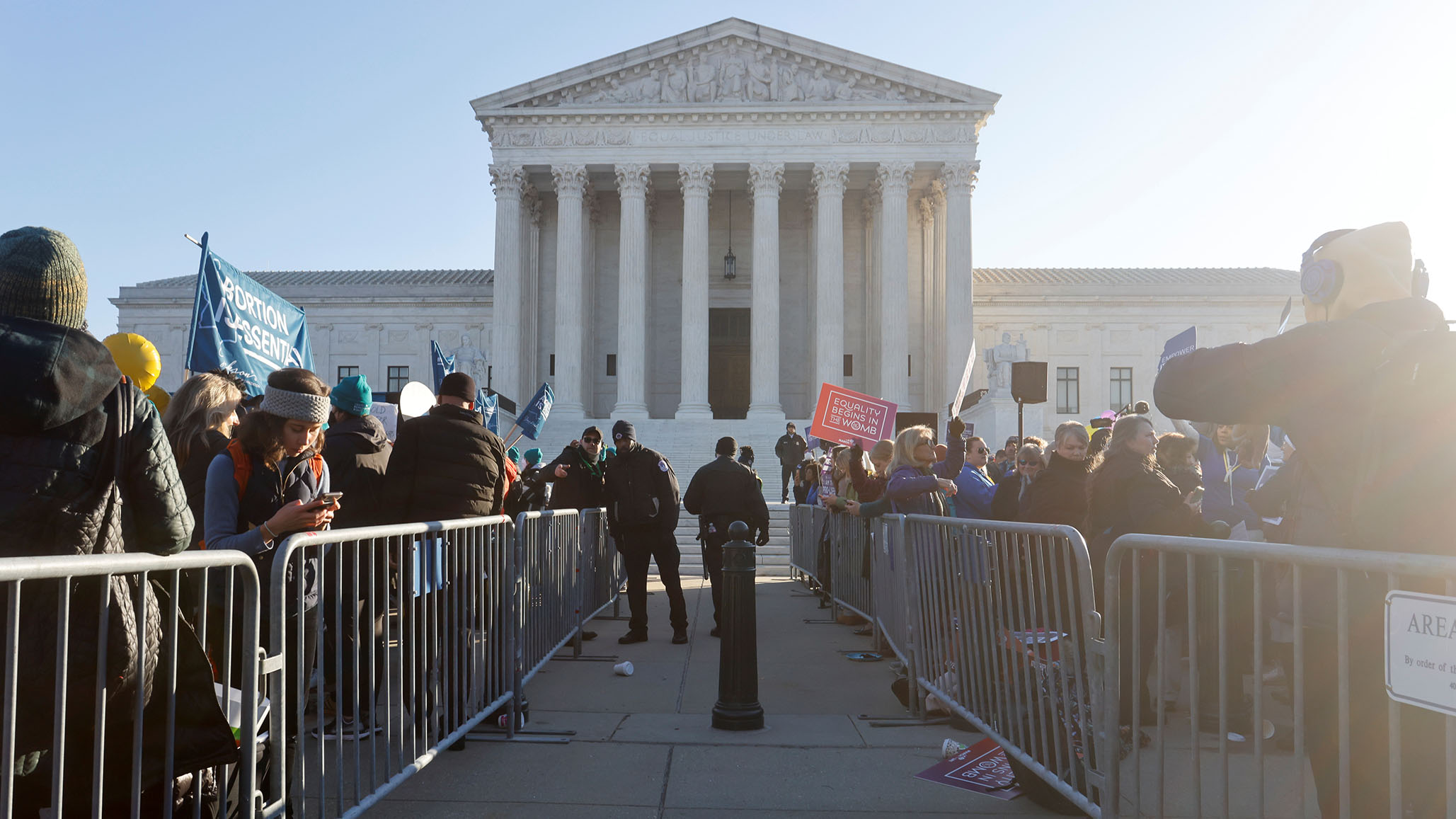
A new report from the pro-abortion research group the Guttmacher Institute indicates that more than half of annual abortions in the U.S. are now chemical abortions, a major and significant shift.
Because states are not required to report abortion data to the Centers for Disease Control, national record-keeping on abortion is spotty at best. As a result, Guttmacher reporting — gathered by directly contacting abortion providers — tends to be more accurate (though its numbers still aren’t comprehensive).
According to the new report, abortions performed via the abortion pill — as opposed to surgical abortions, which take place later in pregnancy — accounted for 54 percent of abortions in the U.S. in 2020, a sharp increase from 2019, when they accounted for about 44 percent of all abortions.
One major factor in this rise was the Covid-19 pandemic and the subsequent campaign to loosen regulations on abortion-inducing drugs. Prior to 2020, Food & Drug Administration safety regulations required women to visit a doctor in-person before being prescribed a chemical abortion. These regulations were aimed at women’s safety, ensuring that women had better access to follow-up care for abortion complications and that a doctor had assessed the state of her pregnancy before prescribing abortion drugs.
Due to heavy lobbying from the abortion industry and its Democratic allies, the FDA temporarily loosened those regulations, allowing women to obtain chemical-abortion drugs via telemedicine during the early days of the pandemic. Subsequent lawsuits from abortion businesses led to court rulings keeping that FDA rule shift in place even after the Trump administration attempted to roll it back, and the Biden administration made the change permanent.
But the pandemic and rules change aren’t totally responsible for the increase in chemical abortions. As Michael New has written here at NRO, the chemical-abortion rate has risen steadily since the drugs were first approved in 2000. “Between 2015 and 2018, the percentage of total abortions that were chemical abortions increased from 25 percent to 40 percent,” he wrote. “Among the 42 states that reported data on type of procedure in both 2017 and 2018, the number of chemical abortions increased by more than 10 percent.” He has also surmised, along with other analysts, that an increase in chemical abortions is the primary reason for the recent rise in the overall U.S. abortion rate.
If and when the Supreme Court overturns Roe v. Wade and Planned Parenthood v. Casey, permitting states to protect unborn children from abortion, pro-lifers should be prepared to focus especially on chemical abortions, which abortion providers have already begun to push in anticipation of state regulations on surgical abortions later in pregnancy. Many pro-life states are already anticipating this challenge by attempting to enact legislation preventing the delivery of abortion pills by mail.
These regulations are aimed, of course, at protecting unborn children from early abortions. But they’re also aimed at protecting women, who are especially at risk when it comes to chemical abortions obtained via telemedicine. To give just one example, women who obtain a chemical abortion without a medical examination are liable to misidentify how far along pregnancy is or fail to recognize an ectopic pregnancy, both of which could lead to significant complications or require follow-up surgery. Pro-lifers have also pointed out that telemedicine abortion can facilitate human trafficking, as it enables abusers to coerce women into obtaining a chemical abortion online without ever coming into contact with someone who might realize they’re being trafficked.
These concerns are shared even by those who generally prefer liberal abortion laws. The United Kingdom just yesterday announced that it will end its brief experiment with telemedicine abortion, prompted by the pandemic, at the end of August.
“After careful consideration, the Government’s view is that the provision of early medical abortion should return to pre-COVID arrangements. The wellbeing and safety of women requiring access to abortion services has been, and will continue to be, our first and foremost priority,” the Parliamentary Under-Secretary of State for Vaccines and Public Health said.
If only abortion supporters here in the U.S. were willing to show the same level of concern.

